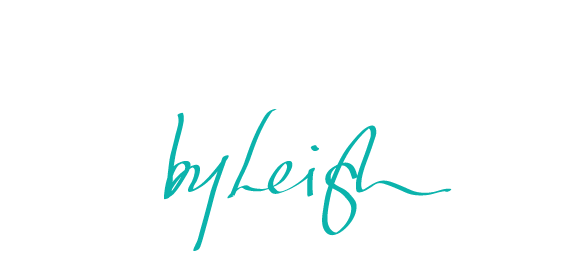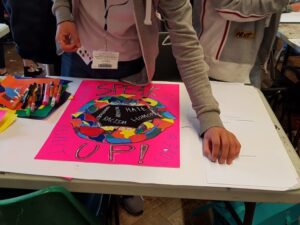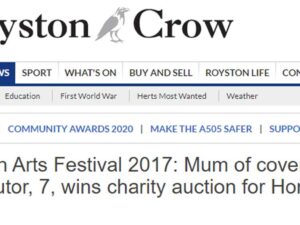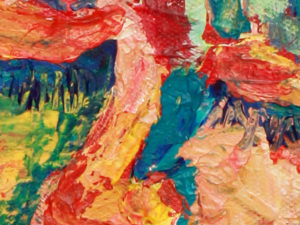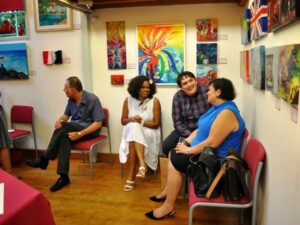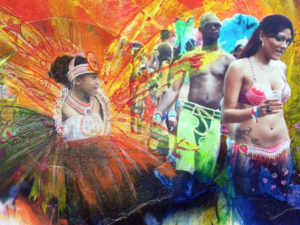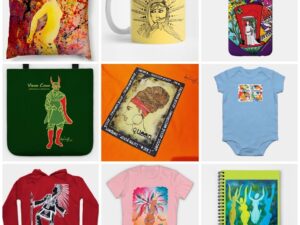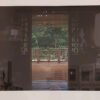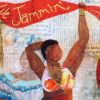
Featured Image: Screenshot from Tate website (2022)
19 May 2022
The Scenario
So Tate Education asked me to do a 5-minute presentation of the core ideas in my practice and how I share them. 5 minutes? No pressure. *nervous giggle*
Hmm… Might be best to show them, not tell them… but in 5 minutes?
The Process
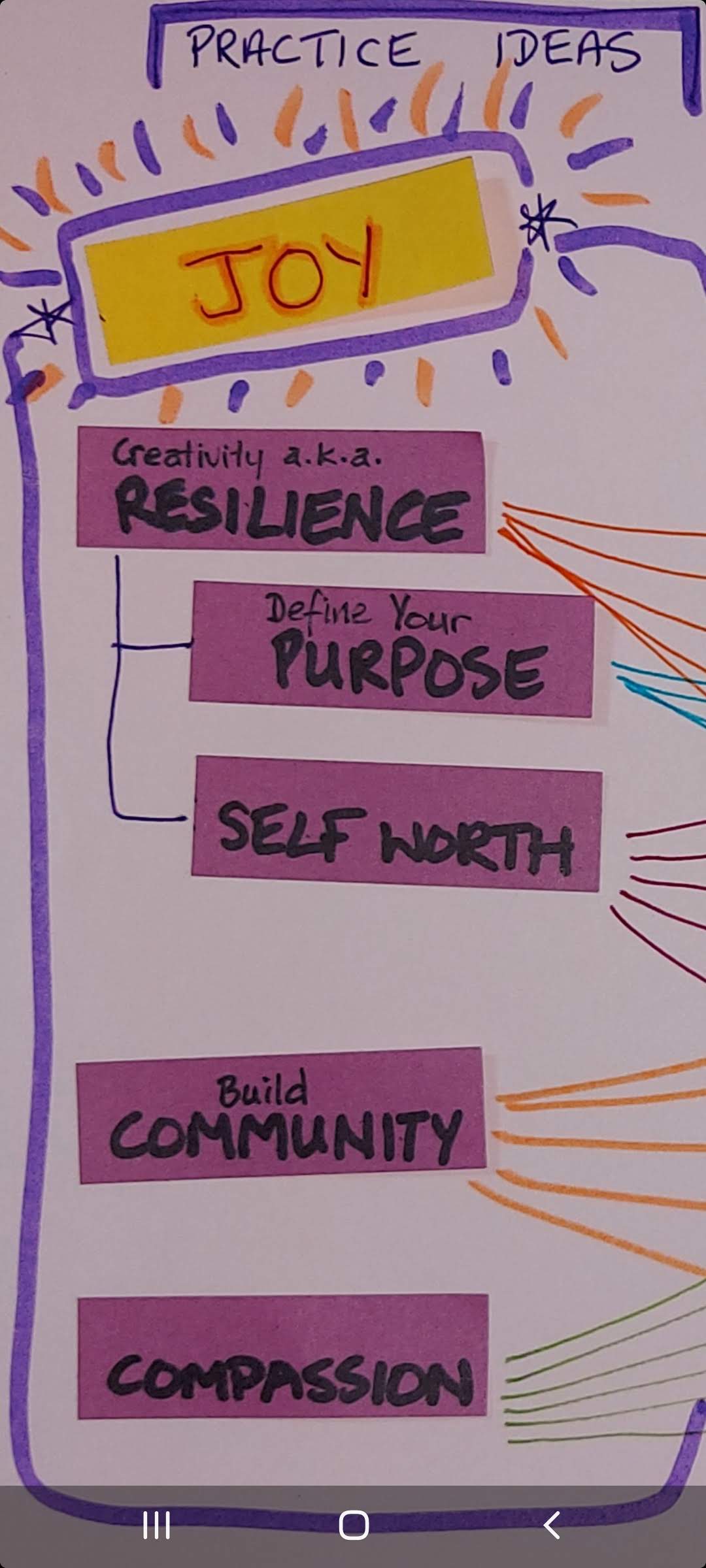
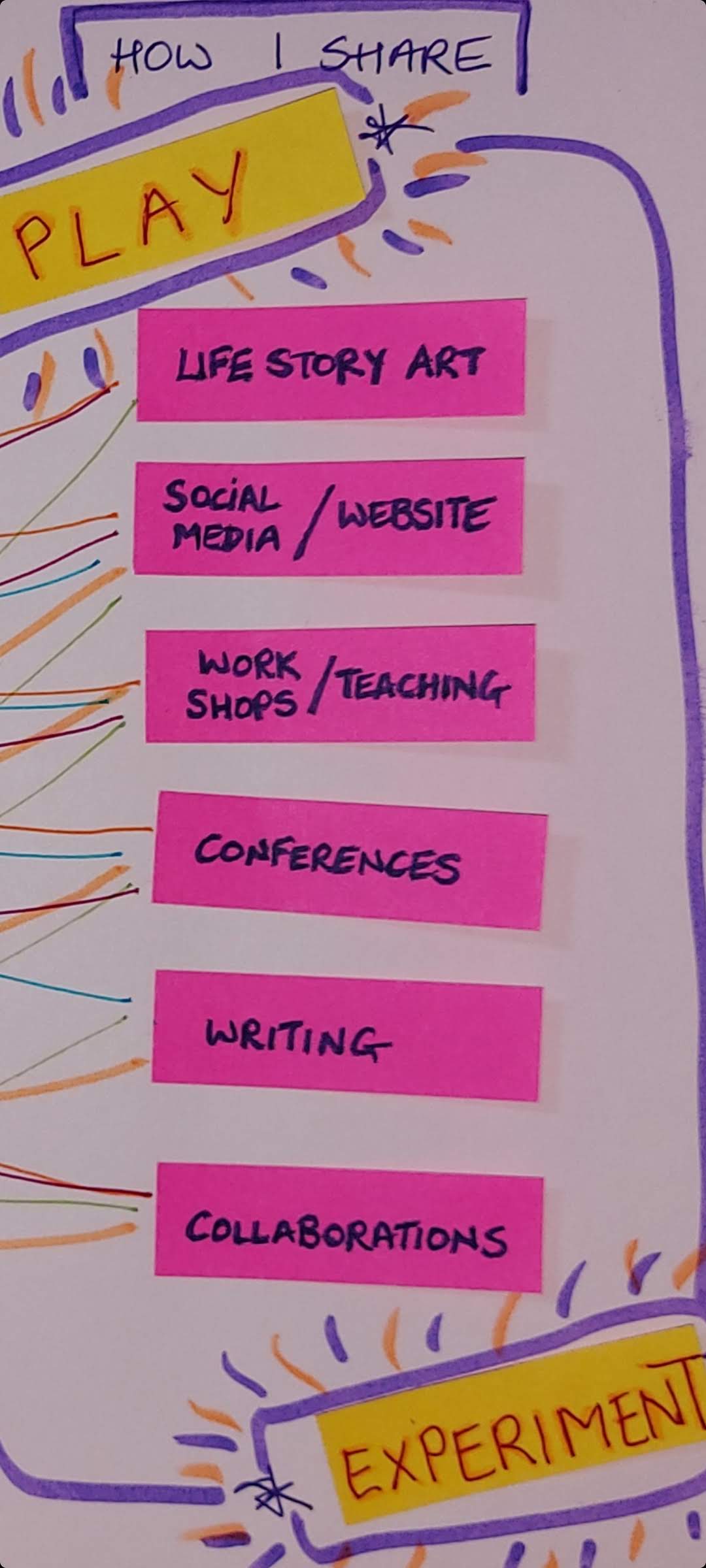
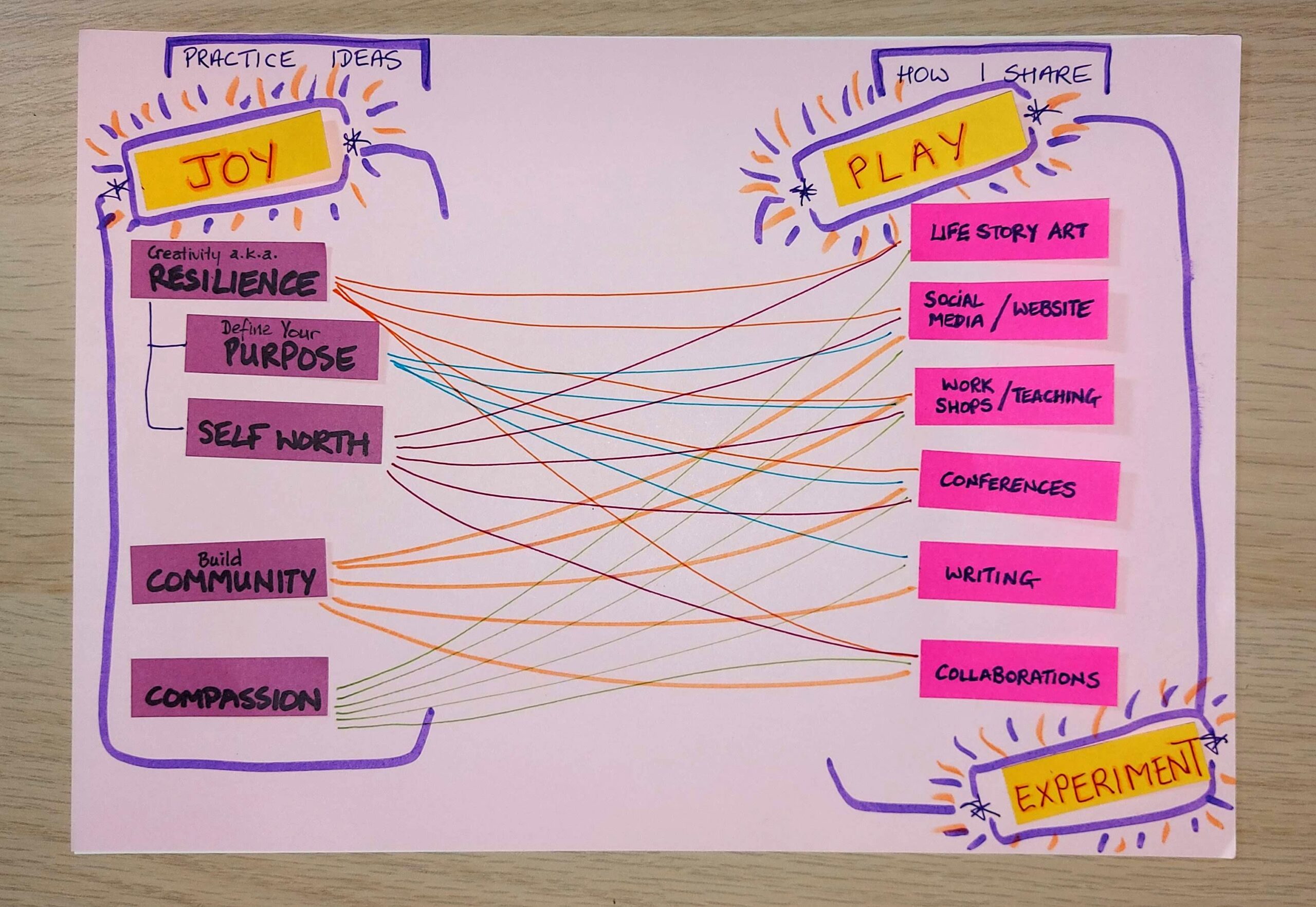
Music: Feel the Love by DJ Private Ryan & FreeTown Collective
Step 4 –
Think of a quick activity that covers most of these (this took a few days of thinking and talking it out with non-teacher non-artist friends. The biggest challenge was figuring out what could effectively cover multiple aspects of my practice in less than 5 minutes!
Step 5 –
Test it on my kids and friends (check timing feasible, gotta nail that timing!)
Step 6 –
Practice, Practice, Practice
Step 7 –
Show & Tell (Go wow them Stace!)
The Research
I have facilitated and experienced teaching and learning where participants take part in an activity only to realise there are several points of learning within a few fun actions. For me, this is often the most profound and memorable learning experience and research suggests that the same applies to most children and young people (Aupperlee, 2021).
In addition to primary research – testing this presentation idea on my friends and children, and revising my plan based on their feedback – there are also many other resources that have informed my practice in general.
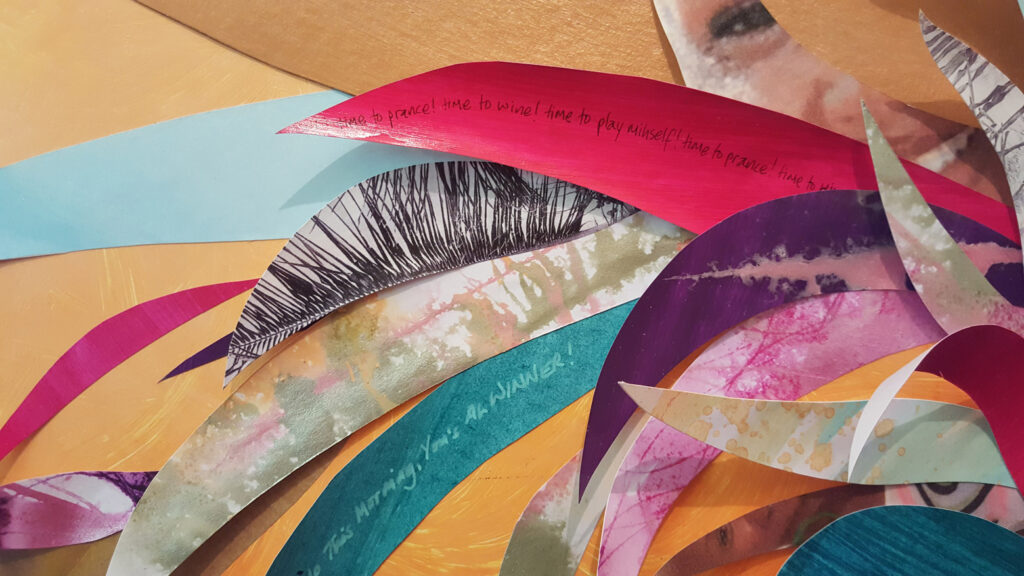
Some Resources that Influence my Practice
ART, ARTISTS & EXHIBITIONS
Peter Minshall –
Mas man extraordinaire. He took street theatre, social commentary through performance, costume making and collaborative design into spaces that Trinidad & Tobago Carnival and various Olympic opening & closing ceremonies had never seen before. He showed me that art could demand, question and call for its audience to respond with action.
Melissa Simon-Hartman –
The way Simon-Hartman blends fashion, art, costume, performance, history, and storytelling is mesmerising. Her costumes use unusual materials and techniques, that she sometimes invents specifically for a costume or event. Every piece is steeped in meaning and significance, something I strive to do with my own art, creative projects and teaching.
Henri Matisse –
Unstoppable. Even in the face of debilitating illness, he found ways to keep his creativity flowing. The complete change in style and process from Matisse’s early paintings to his later Cut-outs shows a level of creative resilience that I work to emulate by exploring new disciplines and approaches with my practice.
Soul of a Nation –
A stunning reminder of what a creative collective can achieve. This collection makes a powerful statement about injustice and civil rights. Cultural norms are challenged and the question of social change is raised through works like Fred Hampton’s Door (Chandler, 1975) and Injustice Case (Hammons’, 1970). This collection reminded me that the most powerful and effective art doesn’t usually occur in isolation. There is joyful power in collaboration.
Heather Phillipson –
Her Blowtorching the Bitten Peach installation immersed its audience in a different type of ‘exhibition’. Multiple works made up one unforgettable experience of toxic gender roles with deep allegories that raise crucial current topics in our society. Phillipson showed me another way to ‘exhibit’ and illicit critical thinking from my audience.
WATCH & LISTEN
Dare to Lead Podcasts by Brené Brown –
More than just a ‘book review’ space, in this podcast authors actively dissect their own book/research with Brown and talk about how their lives have led to them creating and sharing this new knowledge. Some of my favourite interviews include Aiko Bethea (2020), Patrice Gordon (2021), and Priya Parker (2020). Each of these has prompted reflective thinking that led to new ideas that improve the inclusivity, accessibility and sustainability of my practice.
How drawing helps you think by Ralph Ammer –
A real insight into using drawing to improve your approach to thinking, creativity, and decision making. Ammer uses drawings like most avid diarists use words. His journals are his sketchbooks, and his approach of observation and curiosity is something I try to cultivate in myself and my students.
The Post Racist Planet by VPRO –
A panel of four futuristic thinkers daring to envision a world without racism. They propose actions we can all take to make this future a reality and invite us to imagine ourselves in a world with true equality (for all, including all marginalised groups). A thought-provoking glimpse into our potential that reinforced my desire to ‘pull’ my audience towards a collectively happier future, rather than ‘push’ them away from practices that sustain injustice. Carrot, not stick.
THOUGHT LEADERS
Aisha Richards – Activism & Inclusion within HE (Ross, 2020)
Albert Bandura – Self Efficacy Theory (Cherry, 2019)
Belle Hooks – Praxis, and Teaching & Learning as Community (Hooks, 1994)
Hollis Liverpool – Carnival Culture & Education (Liverpool, 2001)
Janice Fournillier – Carnival Culture & Pedagogy (Fournillier, 2008)
Paolo Freire – Critical Pedagogy (Freire, 2017)
Ryan & Deci – Self Determination Theory (Ryan and Deci, 2000)
Venus E Evans-Winter – Inclusive approaches to Qualitative Research (Evans-Winters, 2019)
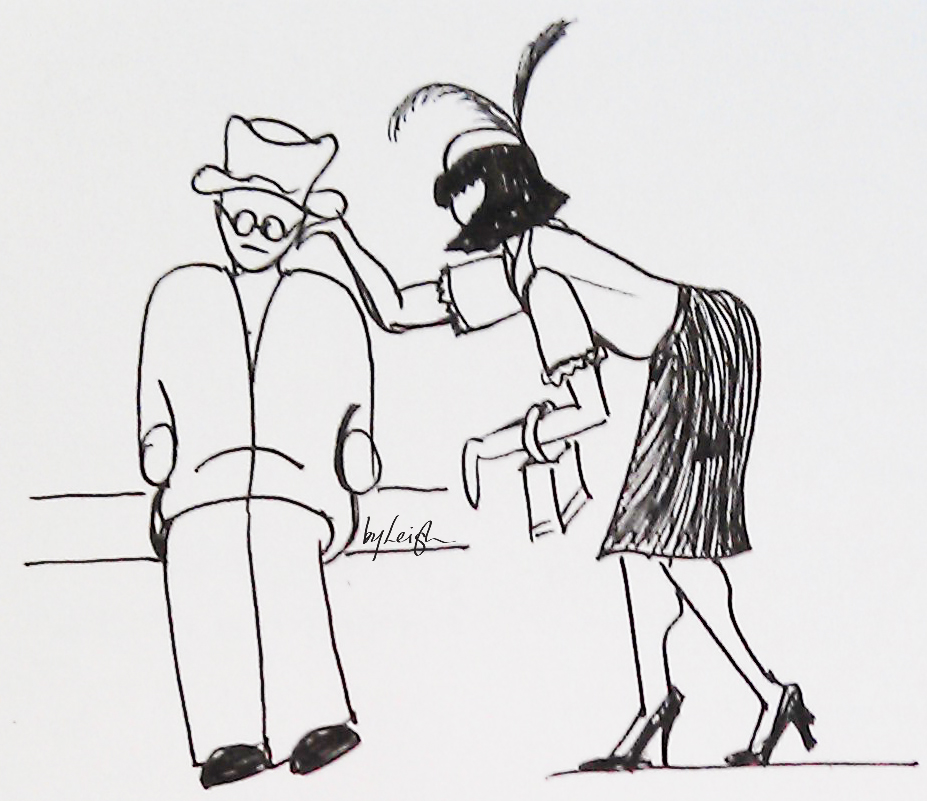
References Listed
Ammer, R. (2019). How Drawing Helps You Think. YouTube. Available at: https://youtu.be/ZqlTSCvP-Z0 [Accessed 14 Feb. 2020]. Drawing as a form of journaling and processing thoughts.
Aupperlee, A. (2021). New Research Shows Learning is More Effective When Active – News – Carnegie Mellon University. [online] www.cmu.edu. Available at: https://www.cmu.edu/news/stories/archives/2021/october/active-learning.html#:~:text=The%20research%20also%20found%20that [Accessed 19 May 2022].
Bethea, A. (2020) ‘Brené with Aiko Bethea on Inclusivity at Work: The Heart of Hard Conversations’, Brené Brown. Parcast. Available at: https://brenebrown.com/podcast/brene-with-aiko-bethea-on-inclusivity-at-work-the-heart-of-hard-conversations/ (Accessed: 23 April 2021).
Brown, B. (2020a) ‘Brené with Priya Parker on The Art of Gathering’, Brené Brown. Spotify. Available at: https://brenebrown.com/podcast/brene-with-priya-parker-on-the-art-of-gathering/ (Accessed: 3 February 2021).
Cherry, K. (2020). Self Efficacy: Why Believing in Yourself Matters. [online] Verywell Mind. Available at: https://www.verywellmind.com/what-is-self-efficacy-2795954 [Accessed 4 May 2021].
Evans-Winters, V.E. (2019) Black Feminism in Qualitative Inquiry : a Mosaic for Writing Our Daughter’s Body. Abingdon, Oxon: Routledge. Available at: https://doi.org/10.4324/9781351046077 (Accessed: 1 May 2022).
Fournillier, J.B. (2008) ‘Trying to Return Home: A Trinidadian’s Experience of Becoming a “Native” Ethnographer’, Qualitative Inquiry, 15(4), pp. 740–765. doi:10.1177/1077800408330344.
Freire, P. (2017). Pedagogy of the Oppressed. [online] Translated by M. Bergman Ramos. London, England: Penguin Classics, p.45. Available at: http://faculty.webster.edu/corbetre/philosophy/education/freire/freire-2.html [Accessed 21 Mar. 2019]. Freire on Praxis in Critical Pedagogy.
Gordon, P. (2021) ‘Brené with Patrice Gordon on Reverse Mentorship’, Brené Brown. Available at: https://brenebrown.com/podcast/brene-with-patrice-gordon-on-reverse-mentorship/ (Accessed: 2 July 2021).
Hooks, B. (1994). Teaching to Transgress : Education as the Practice of Freedom. New York: Routledge.
Laughlin, N., Springer, A. and Popplewell, G. (2006) ‘Peter Minshall: Masman’, Caribbean Beat Magazine, May/June 2006(79). Available at: https://www.caribbean-beat.com/issue-79/masman-peter-minshall#axzz6lWWFUCDA (Accessed: 4 February 2021).
Liverpool, H. (2001) Rituals of power and rebellion : the carnival tradition in Trinidad and Tobago, 1763-1962. Chicago ; Trinidad and Tobago: Research Associates School Times, pp. 51, 246, 261.
Phillipson, H. (2021) Rupture No.1: Blowtorching the Bitten Peach [Exhibition]. Available at: https://www.tate.org.uk/whats-on/tate-britain/exhibition/heather-phillipson (Accessed: 3 December 2021).
Ross, S.L. (2020). The Struggle is Real. Inclusive Practice: Alchemy – Transformation in Social Justice Teaching, [online] pp.100–102. Available at: https://shadesofnoir.org.uk/the-struggle-is-real/ [Accessed 18 Jun. 2020].
Ryan, R.M. and Deci, E.L. (2000) ‘Self-determination Theory and the Facilitation of Intrinsic motivation, Social development, and well-being.’, American Psychologist, 55(1), pp. 68–78. doi:10.1037//0003-066x.55.1.68.
Simon-Hartman, M. (2021). Simon-Hartman London | Celebrity Fashion Designer | Costume Pieces. [online] Simon-Hartman London. Available at: https://www.simon-hartman.com/ [Accessed 19 May 2017].
Tate (2014). Henri Matisse: The Cut-Outs. [online] Tate. Available at: https://www.tate.org.uk/whats-on/tate-modern/henri-matisse-cut-outs [Accessed 6 Jul. 2014].
Tate (2017) Soul of a Nation: Art in the Age of Black Power, Tate. Available at: https://www.tate.org.uk/whats-on/tate-modern/soul-nation-art-age-black-power (Accessed: 19 May 2022).
VPRO Documentary (2020) The Post-Racist Planet | VPRO Documentary, YouTube. VPRO. Available at: https://youtu.be/jA4CcOvYMT4?t=2520 (Accessed: 18 October 2020).
